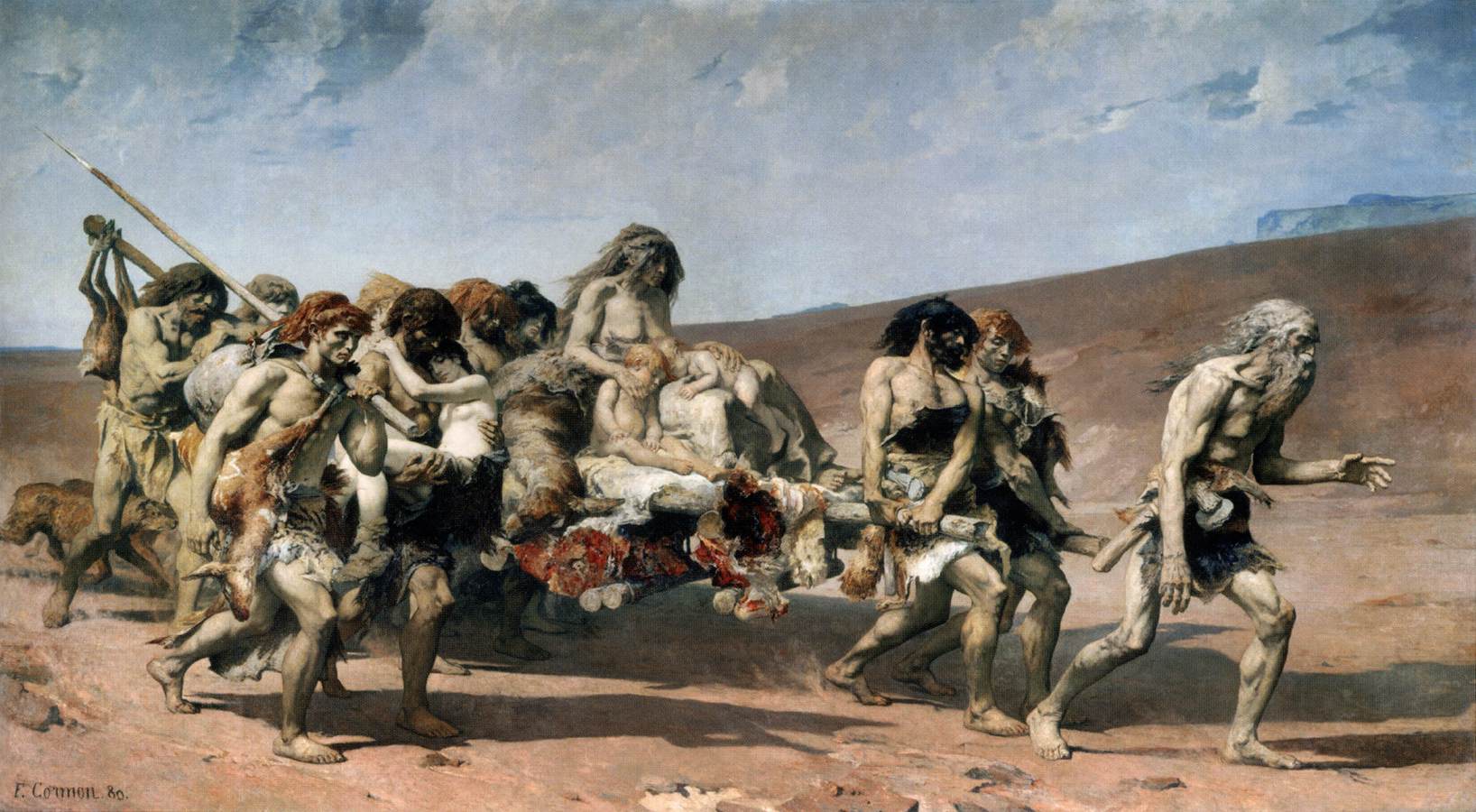Description
The painting "Cain" by the artist Fernand Cormon is an impressive work in every way. With an original size of 400 x 700 cm, this masterpiece is one of the artist's largest and one of the most impressive in the history of art.
Cormon's artistic style is very evident in this painting. He uses a realistic and detailed technique to create an image that appears almost photographic. The composition is impressive, with the figure of Cain at the center of the image and surrounded by a dark and dramatic landscape. The attention to detail is impressive, from the textures of Cain's skin to the leaves and branches of the trees in the background.
The color in "Cain" is another interesting aspect of the work. Cormon uses a dark, somber palette to reflect the subject of the painting: the murder of Abel by his brother Cain. Brown and gray tones dominate the image, creating a feeling of sadness and melancholy.
The story behind the painting is also fascinating. Cormon began work on "Cain" in 1880 and took three years to complete. The work was first exhibited at the Paris Salon in 1883 and was a great success. The painting was also the subject of controversy due to its subject matter and its realistic depiction of murder.
Finally, there are some little-known aspects of "Cain" that are interesting. For example, Cormon used a real model to represent Cain in the painting: a young art student named Paul Gauguin. In addition, Cormon added hidden details to the painting, such as a snake in the background, which symbolizes temptation and sin in the story of Cain and Abel.
In short, Fernand Cormon's "Cain" is an impressive masterpiece that stands out for its artistic style, composition, color, and the story behind the painting. It is a work that continues to fascinate art lovers and deserves to be admired in person to appreciate its greatness.

